SUMMARY
This is AI generated summarization, which may have errors. For context, always refer to the full article.
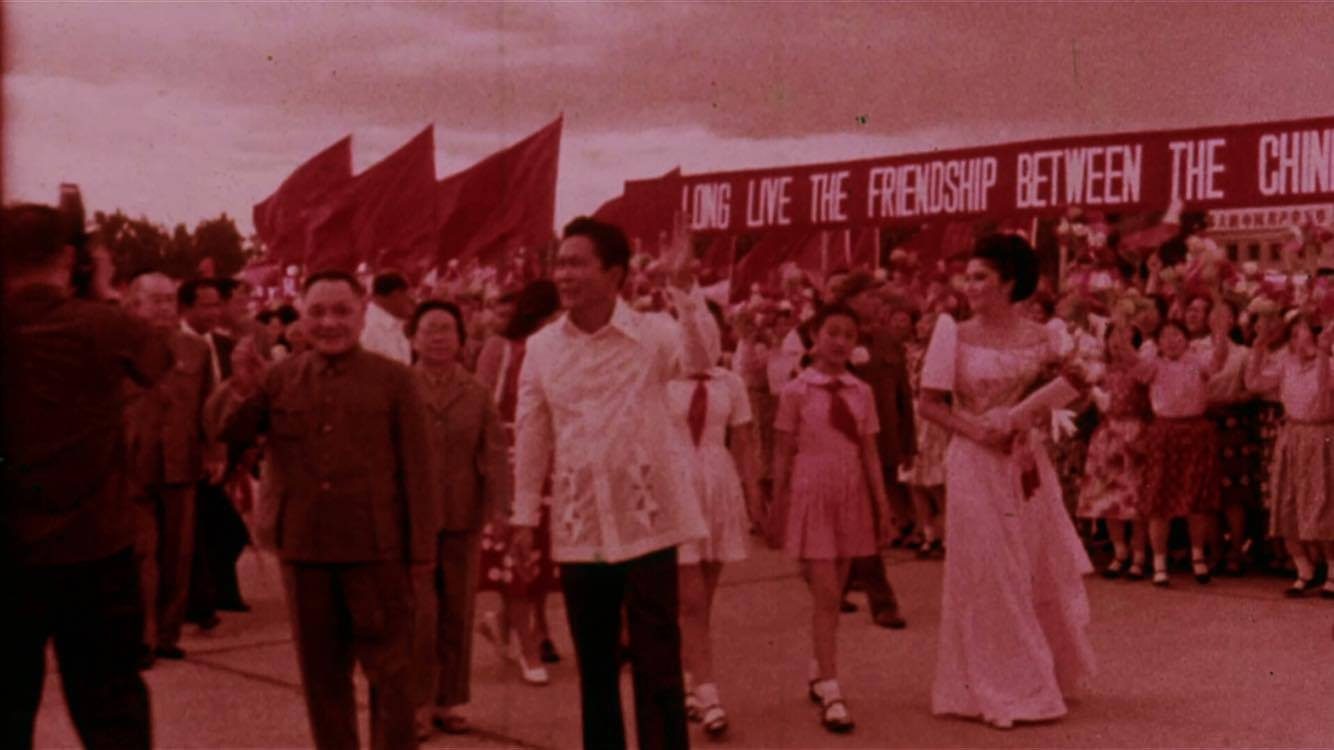
MANILA, Philippines – Late last month, when our countrymen “celebrated” the anniversary of Martial Law, viewers had a smorgasbord of sorts of theatre productions, videos and movies about it, or its chilling aftereffects, especially on our children. There was so much more than what was available five years ago (during its 40th anniversary) when there was a lot of noise about it, but not enough reading and viewing fare.
Over at the Philippine Educational Theater Association (PETA) off Erod was a staging of Game of Trolls. At the other side of the metro – at the Cultural Center of the Philippines on Roxas Boulevard, an entire festival titled Pista Rizalina – was dedicated to it!
We had a taste of restagings of Virgin Labfest fare of yesteryears titled Maliw, and Isang Araw sa Karnabal; mounting of the play Indigo Child (and a video version of it); and a revival of the mid-to-late UP Repertory production Pagsambang Bayan, which in its “reincarnation” was presented as a musical.
On the 21st of September this year, a throng of 30,000 (a lot of them students!) braved the heat and rain to once again commemorate the 45th anniversary of Martial Law in Luneta, while the older ones trooped to the Commission on Human Rights (CHR) on Commonwealth Avenue to unveil the bust of the late Senator Jose Diokno.
There were those however, who opted instead to watch Sari Dalena’s and director/editor/writer Keith Sicat’s The History of the Underground at the UP Film Center in UP Diliman.
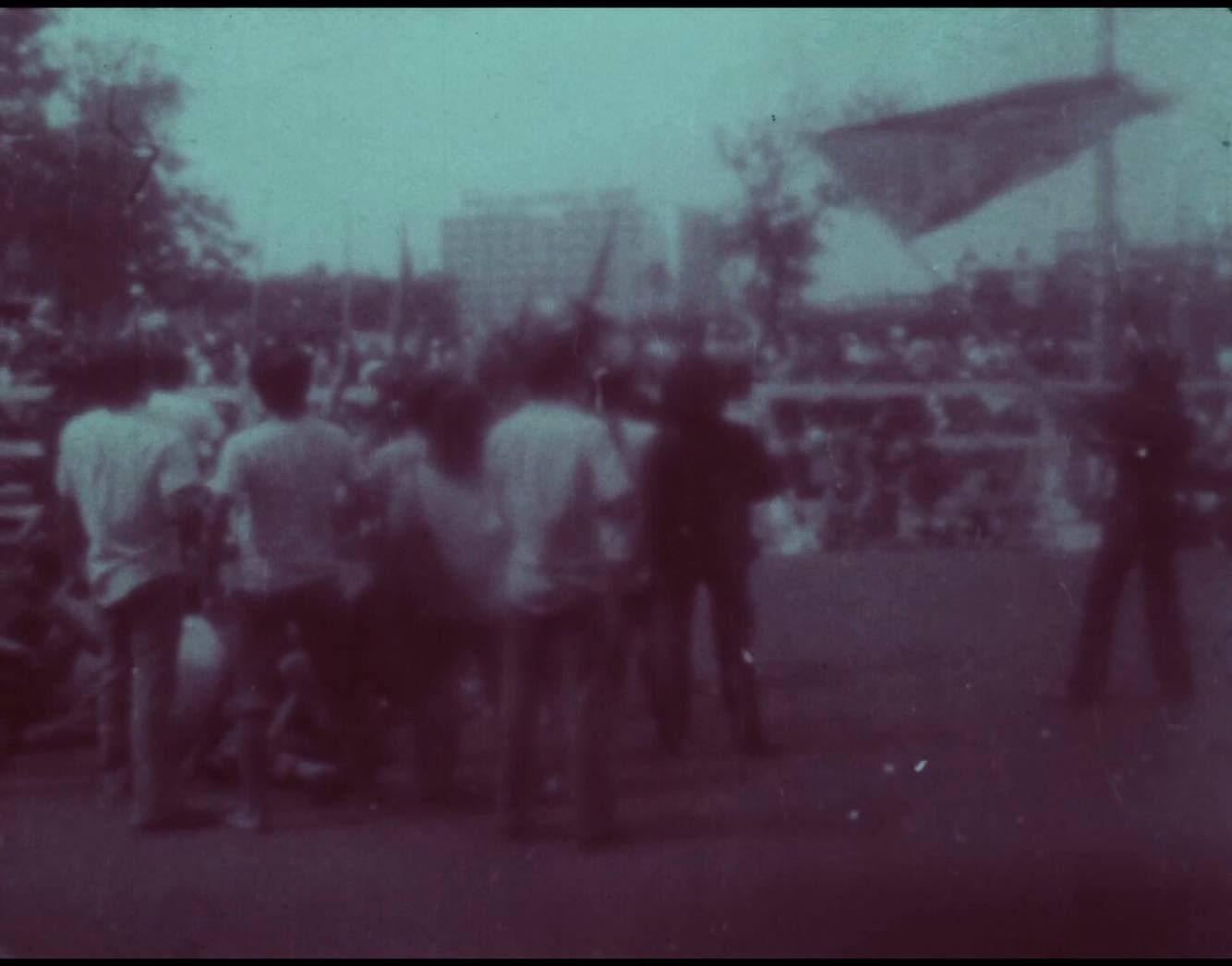
During the opening remarks of the premiere screening of the documentary, deliberately set on the 45th anniversary of Martial Law, Dalena said, “Forty-five years later, today we are gathered to share our long, arduous research on this turbulent period of our history. It has been our sacred mission to carry out the burden and task to remind our fellow Filipinos that Martial Law was never an illusion. Martial Law really happened. It is our tireless advocacy to remain steadfast in keeping historical memory strong for the future generation; to courageously point out the abuses, whitewashing and lapses of historical revisionism, to cure our Martial Law amnesia.”
“I was barely 2 years old when Martial Law was declared on September 21 of 1972, and my father lost his job with the short lived Asia-Philippines Leader under the helm of Nick Joaquin and Jose F. Lacaba where my father drew editorial and political illustrations,” Dalena said.
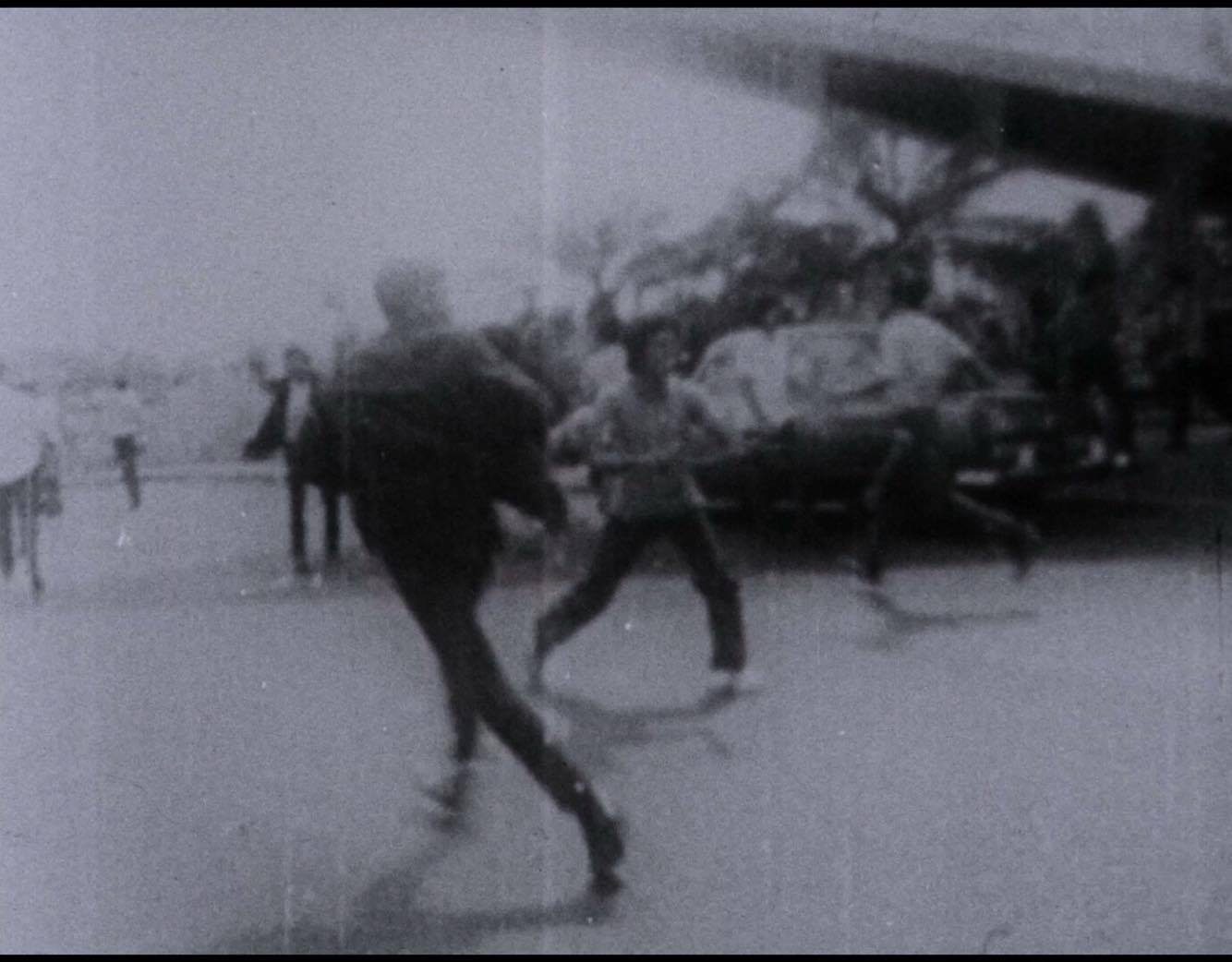
She also explained that the magazine was formed in 1971 by the staff who organized a union at the Philippines Free Press but who eventually resigned. It only lasted until 1972 though because Martial Law was declared.
“As soon as Martial Law was declared,” Dalena said, “Many journalists – along with activists, were ‘invited’ to take a vacation in the stockade – all expenses paid. Lacaba, and many other journalists who were critical of the Marcos dictatorship, were tortured and imprisoned. Nick Joaquin accepted the National Artist for Literature Award in 1976 with the condition that Lacaba should be released by Marcos.”
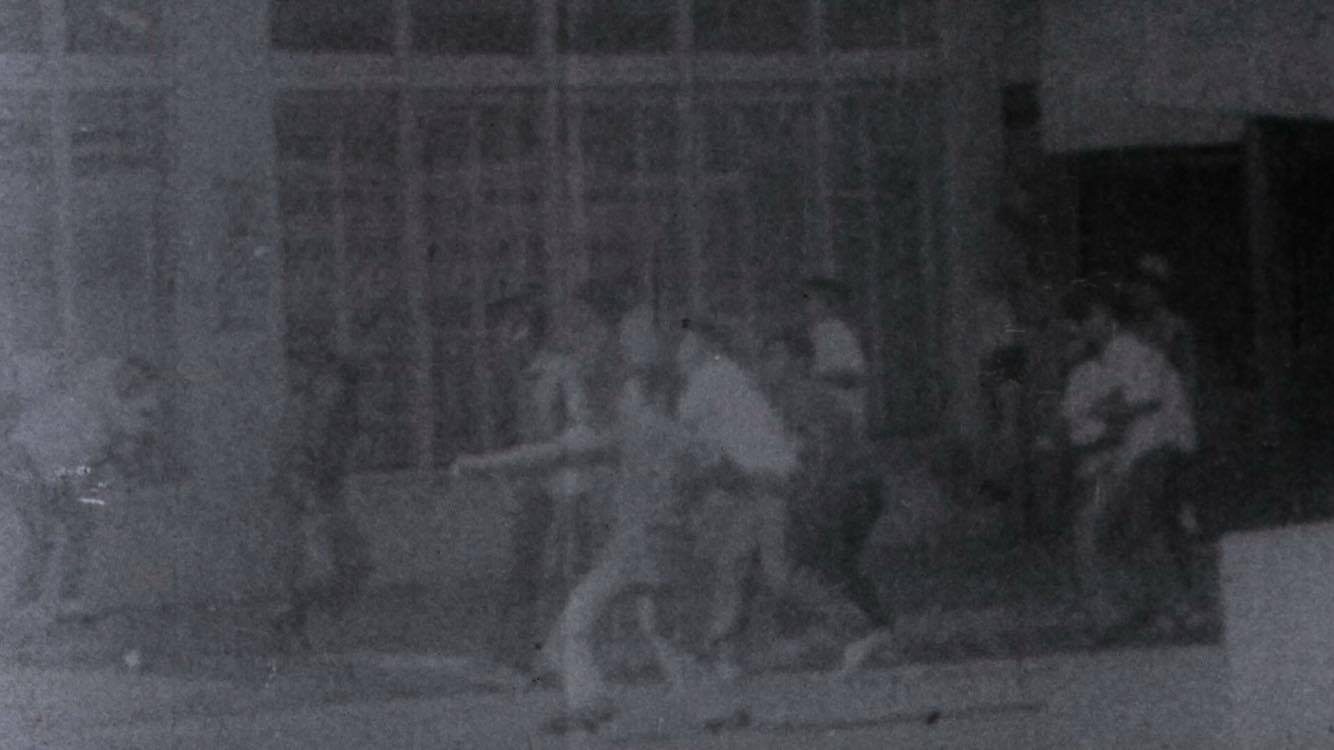
Although by then jobless, Dalena’s father was thankfully spared from arrest. And “(He) continued to draw strong political cartoons, (and) boldly turned the Marcos cabinet members as ‘tutas,’ the Oligarchs and cronies as fat-bellied ‘buwayas,’ he drew with much gusto, with unsympathetic eye but with humor…His drawings showed us the writhing bodies, of toiling masses – faceless multitude of Quiapo devotees, the sleazy, funky beerhouse scenes of Alibangbang, toilet series with provocative political slogans, the defeated gamblers of Jai-Alai betting hall – as metaphors for the human condition. He drew Martial Law for me and my sisters, (those were) our childhood cartoons. His drawings of the Alibangbang stripper, the pimps and cronies, hung for many years on the walls of our Kamuning home, illustrated our Philippine history. I would carry those images in my head, until the time came for me to make my films about Martial Law,” she revealed.
While the documentary was not exactly or entirely about Martial Law, it aimed to “have a deeper understanding of how our nation has been shaped in the last 45 years: by exploring the life and times of activists, intellectuals and revolutionary leaders just prior (to) and during Martial Law.”
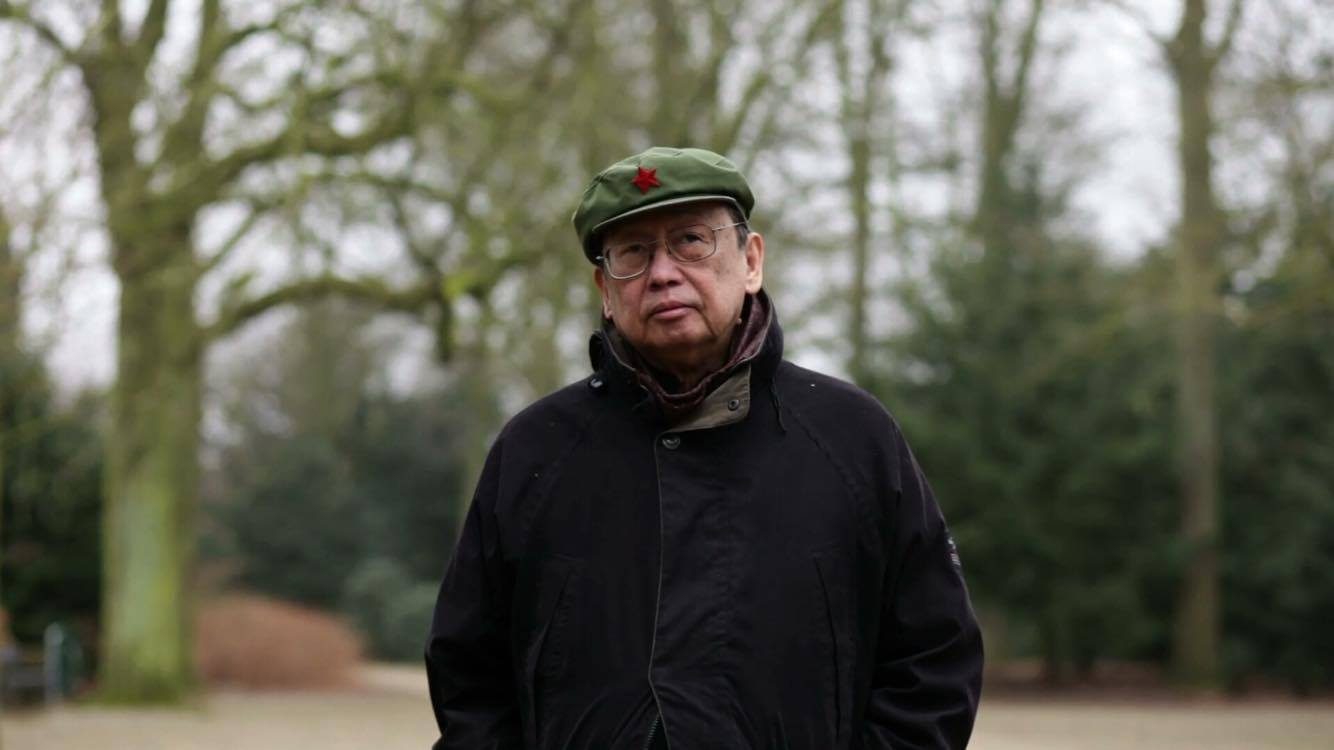
Interestingly, the real-life couple Dalena and Sicat didn’t just dwell on the Communist Party of the Philippines (CPP); they did interviews as well, or sought out those who were members of – or knew of its predecessor – the Partido Komunista ng Pilipinas (PKP); and farther than that, the Hukbong Laban sa Hapon (Hukbalahap or simply, Huk).
The couple exhausted all efforts to seek out as many people as they could. The long list of subjects include the following people: founder of both Kabataang Makabayan (KM) and the Communist Party of the Philippines (CPP) Joma Sison and his wife Julie De Lima-Sison, whom they interviewed in Utrecht, Netherlands; Connie Ledesma and Luis Jalandoni, Dodong and Princess Nemenzo, Bernabe Buscayno, Satur Ocampo, Bien Lumbera, Mila Aguilar, Judy Taguiwalo, Hilda Narciso, Lualhati Abreu, Ninotchka Rosca, Aida Santos, Sylvia De La Paz, Temy Rivera, Elmer Ordonez, Fidel Agcaoili, Rafael Baylosis, Juanito Rivera, Romeo Capulong, Edicio dela Torre, Karl Gaspar, Gelacio Guillermo, Rolando Pena and Sonny San Juan.
If the documentary is nearly three hours, it is because Dalena also interspersed interviews with clips from her previous documentaries or films such as The Guerilla is a Poet (done with her younger sister Kiri), which is essentially a biography of CCP’s Joma Sison and which won four awards at Cine Filipino; the 2011 production Ka Oryang, about Andres Bonifacio’s widow Gregoria de Jesus, as well as women political detainees during martial law who were “humiliated, raped and brutalized” (for which she won Best Director and Best Picture at Cinema One Originals); and Dahling Nick, which is an experimental docu drama film on the life and works of National Artist for Literature Nick Joaquin (2015).
What’s so amazing about the documentary is that it shows rare and perhaps never-before seen (well, in a really loooong time, that is) footage not just about Marcos’ declaration of Martial Law but of the Marcoses making friends with and Mao Tse Tung (Mao Zedong), the founding father of the People’s Republic of China and earlier than that, the former chairman of the Communist Party of China.
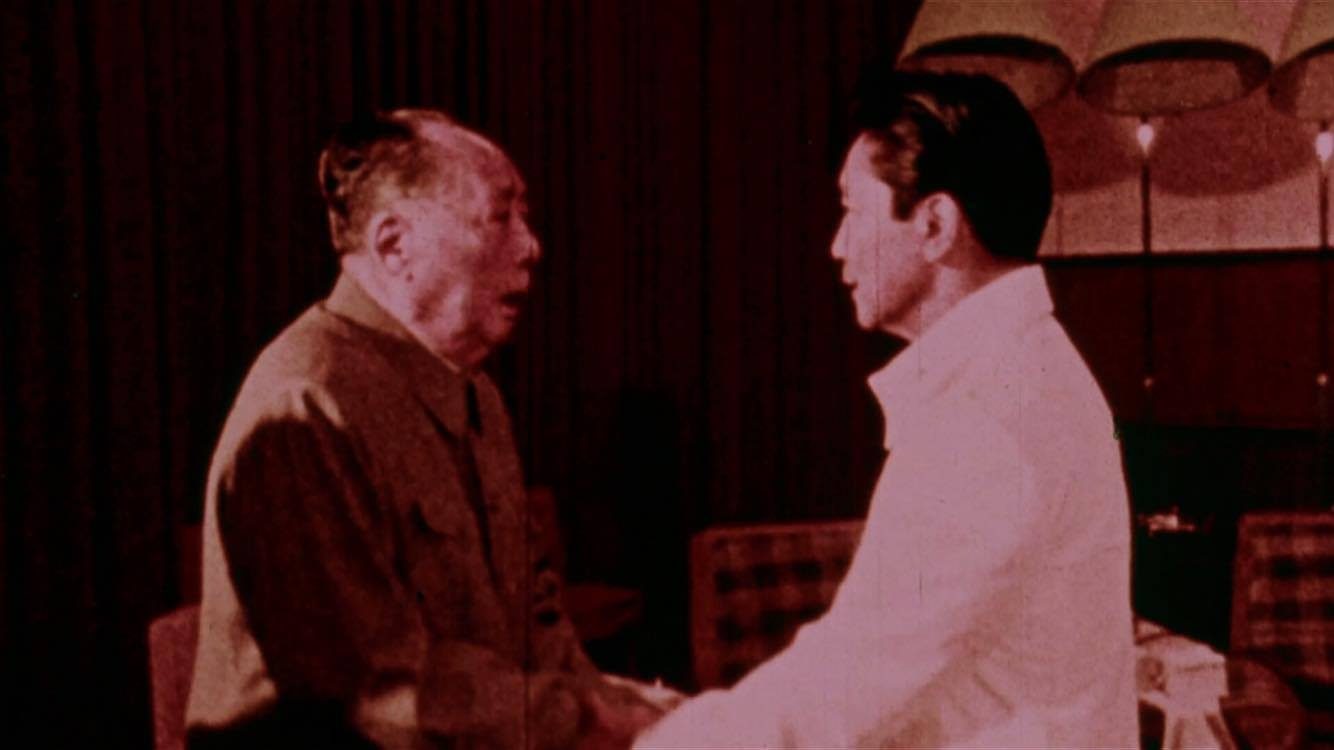
The rare footage shows the Marcos children (this takes the cake!) bussing the nearly untouchable chairman on the cheek, and the “disarmed” Mao kissing Imelda Marcos’ hand.
Sicat and Dalena revealed that these videos were only made available to the public a week before the documentary was screened in UP. Prior to that, the videos had not been digitized.
“Today, the collective work by filmmakers, artists, with our esteemed historians and archivists has produced a good, inspiring awareness to the tremendous work and effort we face in strengthening historical memory. The breadth and rich materials in various media: radio, newspapers, archival photographs, that we have seen by your presentations, assure us that there is much hope, that we have not forgotten,” Dalena said.
“May we continue to be bring clarity and historical truth to the future generation in the next 45 years or more,” Dalena concluded. – Rappler.com
The History of the Underground will be screened at 2 pm and 5 pm at Bantayog ng mga Bayani in Quezon Avenue, near EDSA (behind Centris) on Saturday, Oct. 7. This is free and open to the public
Susan Claire Agbayani is a freelance writer who contributes to newspapers, magazine, and websites. She is finishing her thesis, an unauthorized biography of a Filipino band, for her MFA in Creative Writing at De La Salle University. She lives in Quezon City with her son Gide and their cats.
Add a comment
How does this make you feel?





There are no comments yet. Add your comment to start the conversation.